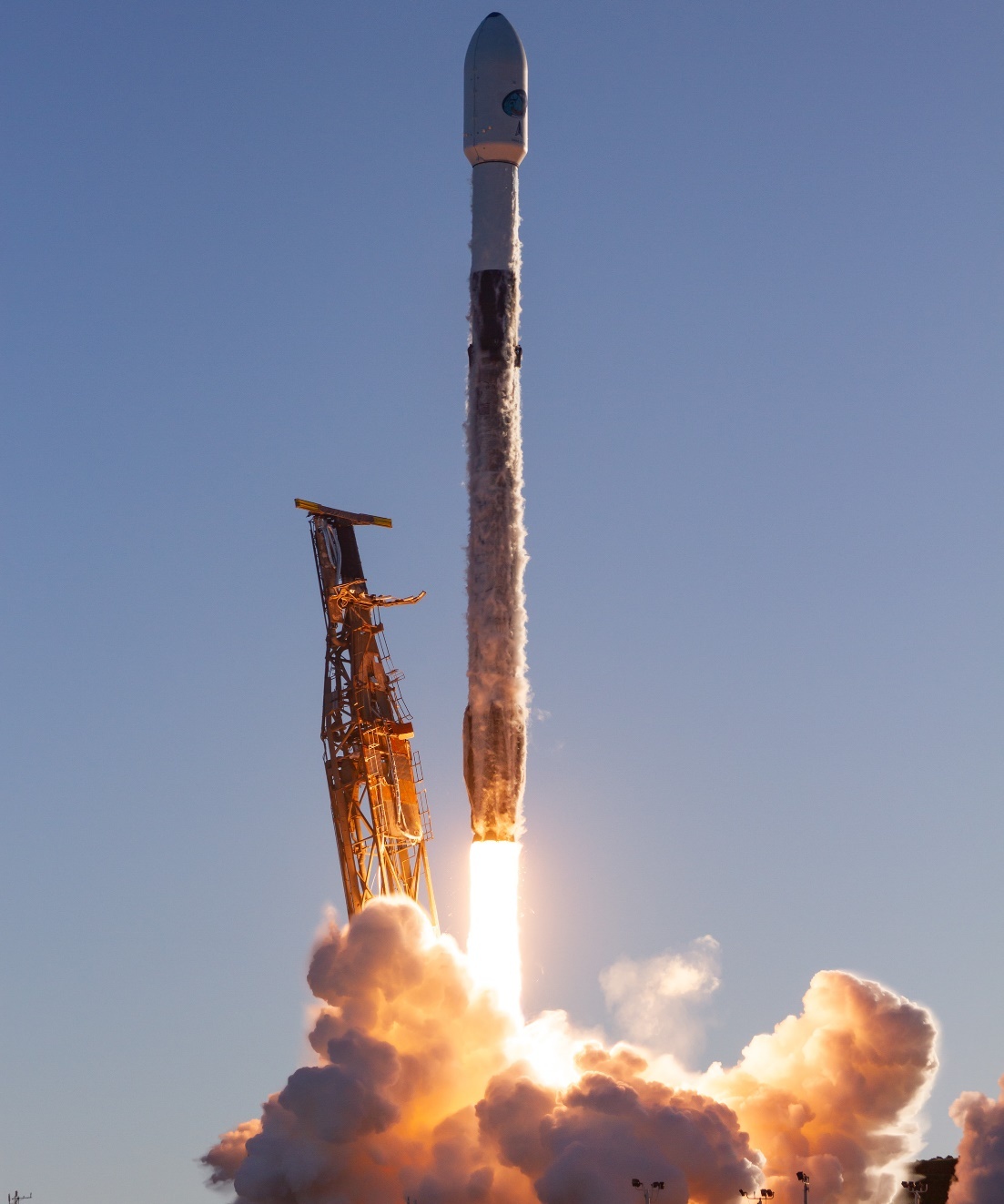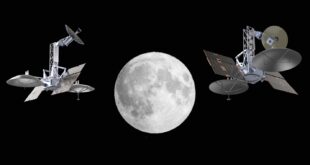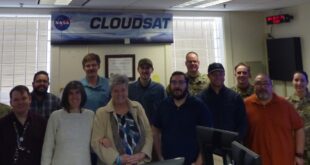
Ibadan, 16 April 2024. – Space Systems Command (SSC) and its mission partners have successfully launched the United States Space Force (USSF)-62 Weather System Follow–on–Microwave (WSF-M) satellite aboard a SpaceX Falcon 9 rocket from Space Launch Complex 4 (SLC-4) at Vandenberg Space Force Base in northern Santa Barbara County, California. This mission brings new capabilities to the US and its allies by placing the first satellite of two new generations of operational environmental monitoring satellites into orbit.
The WSF-M spacecraft features a passive microwave-imaging radiometer instrument and a hosted, government-furnished, energetic-charged particle (ECP) sensor. The WSF-M spacecraft also features innovative technologies that address three high-priority DoD Space-Based Environmental Monitoring (SBEM) gaps, including ocean-surface vector winds, tropical cyclone intensity, and low Earth orbit (LEO) energetic charged particles. The spacecraft will consequently address additional SBEM gaps, including sea ice characterization, soil moisture, and snow depth.
Speaking on the launch, Col. Robert Davis, program executive officer of SSC Space Sensing, said, “The successful launch of SSC’s WSF-M satellite is a tremendous accomplishment for the entire team and marks a pivotal moment in the U.S. Space Force’s space-based environmental monitoring mission.” The Program Executive Officer also added, “We are looking ahead and are strategically positioned to ensure our warfighters have the vital environmental monitoring data necessary for effective mission planning and operations globally.”
Likewise, Col. Daniel Visosky, SSC’s Environmental and Tactical Surveillance Acquisition Delta senior materiel leader, added, “With the first WSF-M satellite, now safely in orbit, it will soon replace key capabilities currently the legacy Defense Meteorological Satellite Program provides. The second WSF-M satellite will ensure we are providing these pivotal environmental monitoring capabilities well into the 2030s.”
 SpaceWatch.Global An independent perspective on space
SpaceWatch.Global An independent perspective on space




